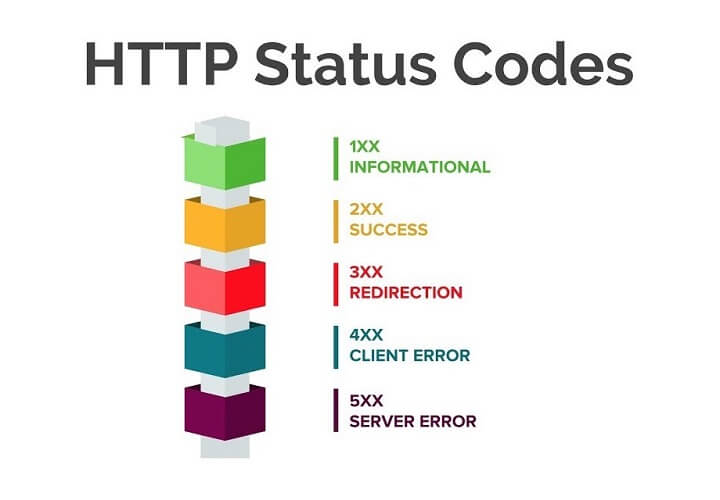HTTP (Hypertext Transfer Protocol) error codes are a standardized way of indicating the status of a client’s request to a server. When a client makes a request to a server (for example, by entering a URL in a web browser), the server will respond with an HTTP status code that indicates whether the request was successful, redirected, or failed, and why.

HTTP status codes are divided into five classes:
- Informational (100-199) – Indicates that the request has been received and understood, and that the server is continuing to process the request.
- Successful (200-299) – Indicates that the request has been successfully received, understood, and accepted by the server.
- Redirection (300-399) – Indicates that further action is needed by the client to complete the request, such as following a new URL.
- Client Error (400-499) – Indicates that the request was malformed, unauthorized, or otherwise invalid.
- Server Error (500-599) – Indicates that the server encountered an error while processing the request.
List of Important HTTP error codes
HTTP error codes are useful for both clients and servers to understand the status of a request and to troubleshoot any issues that may arise.
#Web Design #Webdevelopmentcompany #websitedevelopmentcompany #webdesigningcompany #itcompany #codingstandards #codingmistakes #start-ups #coding #programming #statuscode #http #httpcode #httpstatuscode #errorcode #informational #cilenterror #servererror #server







